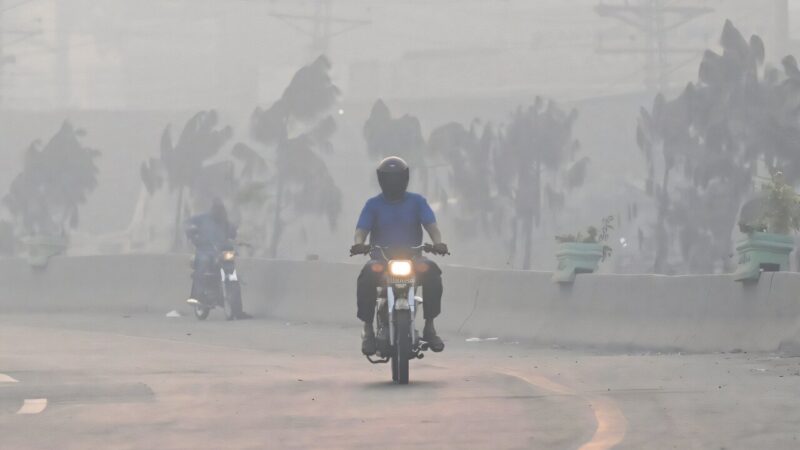Wildfires in Brazil destroyed an estimated 17 million animals

Scientists in Brazil completed particularly gloomy conservation research in the year 2020, aiming to count the creatures killed by massive wildfires in the Pantanal wetlands.
They estimate that up to 17 million animals, including reptiles, birds, and primates, died as a result of the event. Wildfires destroyed the world’s largest tropical wetland from January to November, scorching 30 per cent of it. The loss estimate was published in the scientific journal Scientific Reports.
During that year, 22,000 different fires were reported, according to Dr Mariana Napolitano Ferreira, chief of science at WWF-Brazil.
According to the experts, this new study emphasises the need to prevent similar calamities in the future.
Although the Pantanal burns naturally, the wildfires of 2020 were apocalyptic, according to Dr Alex Lees of Manchester Metropolitan University, an ecologist who has researched extensively in Central Brazil, particularly in the Pantanal.
Dr Lees explained that they were quite different from those that the region regularly sees, as well as the traditional cycle of burning and recuperation.
A body-counting exercise served as the basis for the investigation. Within 48 hours of a fire, scientists were able to reach the marsh. At certain intervals, they travelled along tracts and studied every dead animal they came across.
The crew was successful in identifying the species of 300 creatures discovered. They then approximated how many animals were killed in total based on the region they surveyed.
The wetlands are one of the world’s most biodiverse ecosystems, spanning Brazil, Paraguay, and Bolivia. The 140,000–160,000 sq km area is home to thousands of species such as jaguars, anteaters, and migratory birds.
According to experts, wildfires are one of the most conspicuous outcomes of human-induced climate change.
Putting a firm number on the extent of the disaster, however, might bolster attempts to implement appropriate fire control techniques and regulations in the region, according to Dr Tomas, regardless of how grim the study’s conclusion may be.
Other scientists have questioned the study’s accuracy. Extrapolating from the few hundred bodies counted by the crew to the total number of animals perished has a significant margin of error.






